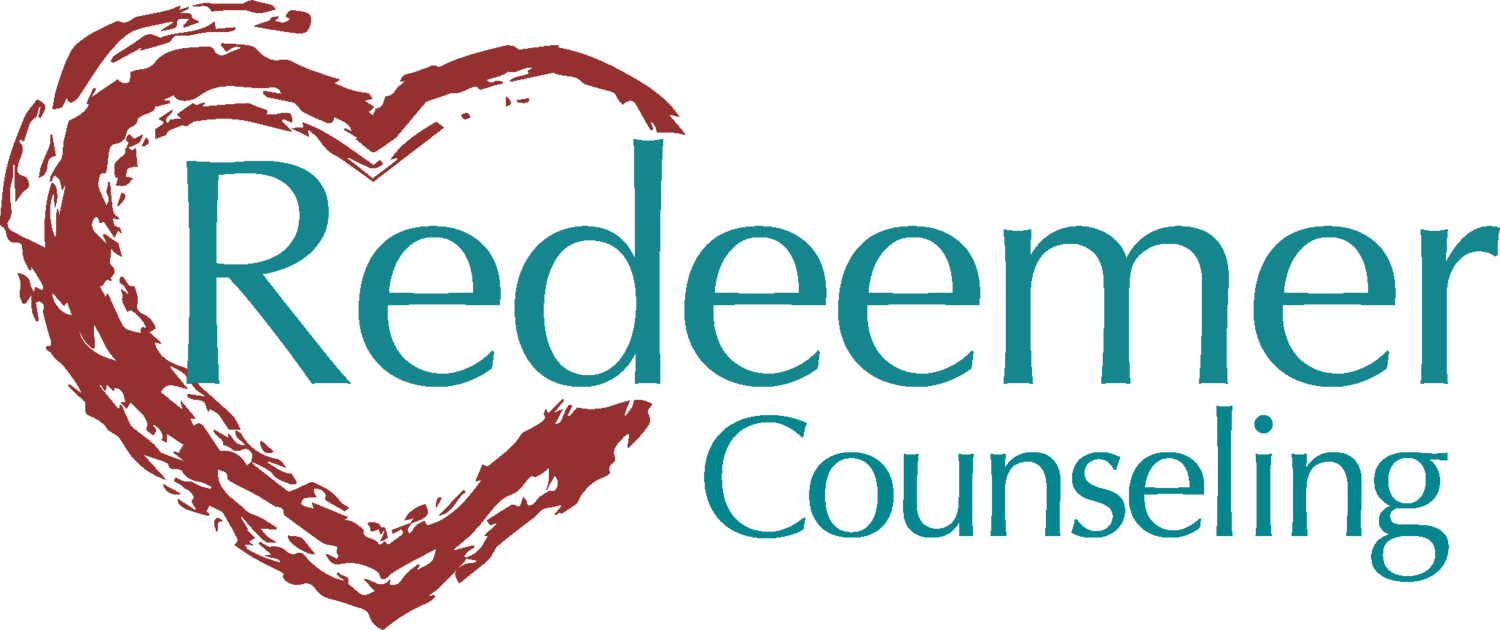Talking About Our Past: The Necessary Path to Healing
By Ashleigh McLeod
"Do we really need to talk about that?” “I've already let go of my past, so there's no need to go there." "What does that story from childhood have to do with my current situation?"
These are common responses from clients when I’ve encouraged them to explore a painful memory or a negative childhood experience. These are valid responses. Some therapeutic approaches do not press into our past stories. While some of those approaches possess clinically significant interventions, I would argue that attempting to circumvent our past often hinders our ability to evaluate the roots of where our struggles began.
Starting the journey of deeper growth and healing inevitably confronts us with our past. The stories we’ve carried with us often remain unspoken, quietly shaping our present. When sitting with clients, I often express that talking about our past is not simply about recounting memories — it’s about understanding how our bodies (particularly our brains), emotions, and styles of relating have been impacted by our families of origin. The way we process our stories plays a significant role in reshaping our emotional health and relationships. Exploring and understanding our past is crucial to determining our future.
While our bodies implicitly hold the past, the brain is constantly reshaping itself through new experiences. Our past memories, emotions, and learned behaviors create "grooves" in our brains – neural pathways. When we have negative experiences early in life, these pathways can become deeply ingrained, making it more difficult to change how we think, feel, and behave. By revisiting our stories in a safe therapeutic environment, we activate these neural pathways and can begin reshaping them – our brains can develop "new grooves". When we reflect on our past, the prefrontal cortex—the part of the brain responsible for rational thinking, works with the amygdala, which controls emotions, to process and reframe these experiences. This process helps us reduce reactivity and change deeply ingrained patterns. Additionally, through sharing in the presence of a safe space, we transform isolated, emotionally charged experiences into coherent narratives allowing us to make sense of them logically and connect them to our sense of self, thereby, reducing the power they hold over us.
What we have learned in neuroscience only confirms the decades-old findings of Bowlby and others in Attachment Theory – that the quality of our early relationships, particularly with caregivers, plays a foundational role in shaping how we relate to others throughout life. These early attachment relationships shape us in how we relate, handle conflict, and regulate emotions. By reflecting on stories from childhood, we can begin to understand how they affect our present interactions and attachment patterns. Additionally, the therapist-client relationship can become a model of secure attachment, where we can safely be vulnerable, express emotions, and revisit painful memories with the support we may not have received as children. This secure connection facilitates emotional attunement as we are re-parented and develop a greater sense of self-worth.
As logical as we think we are, our emotions govern how we have made meaning of past experiences and, therefore, determine the lens through which we see our current situations and anticipate our future. Exploring our stories isn't about dwelling on pain or the past, but rather helping us connect the dots between where we’ve been and where we are so that we feel more empowered for where we want to go. By sharing our stories, we reclaim them, and in doing so, we set the stage for emotional healing and growth. Healing happens through connection — not only with others but with ourselves.
